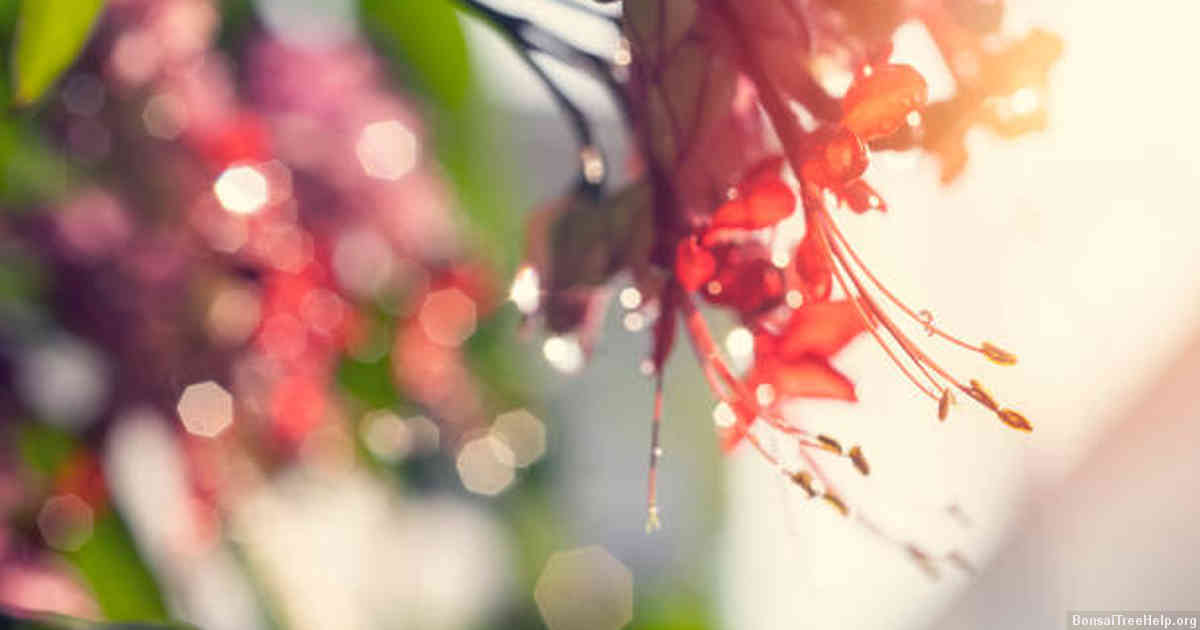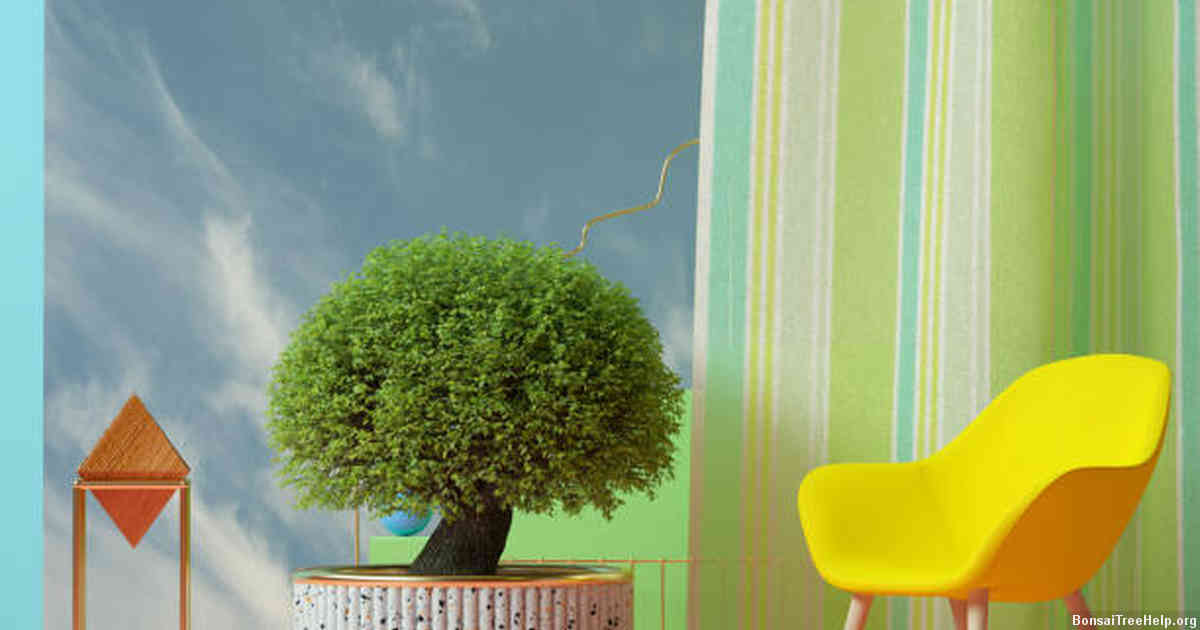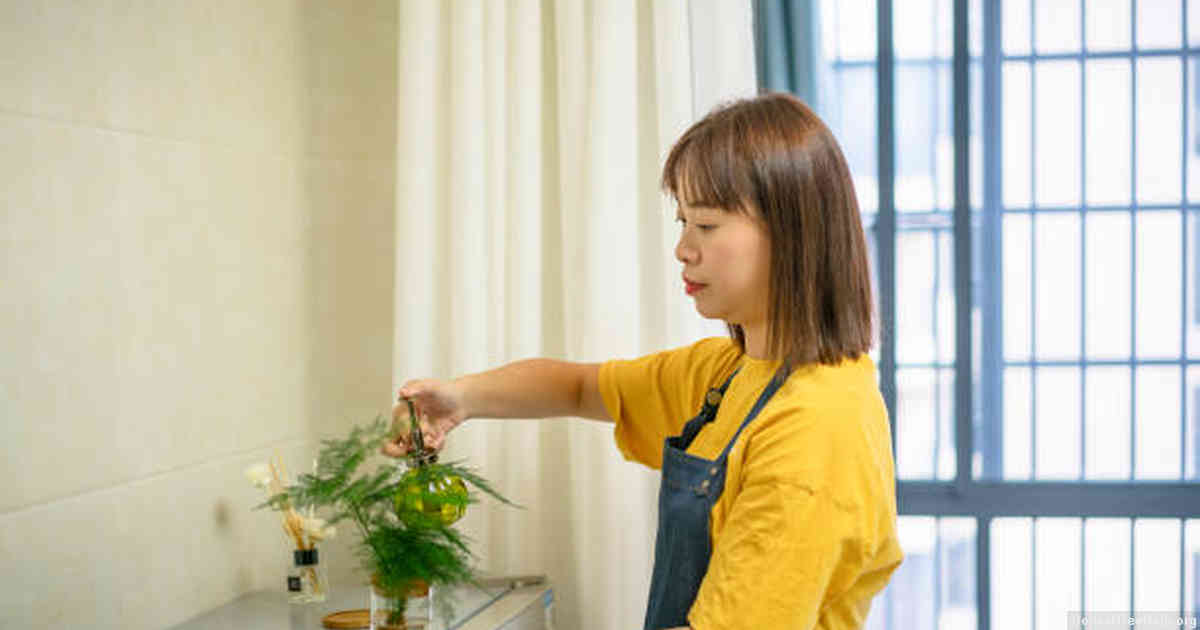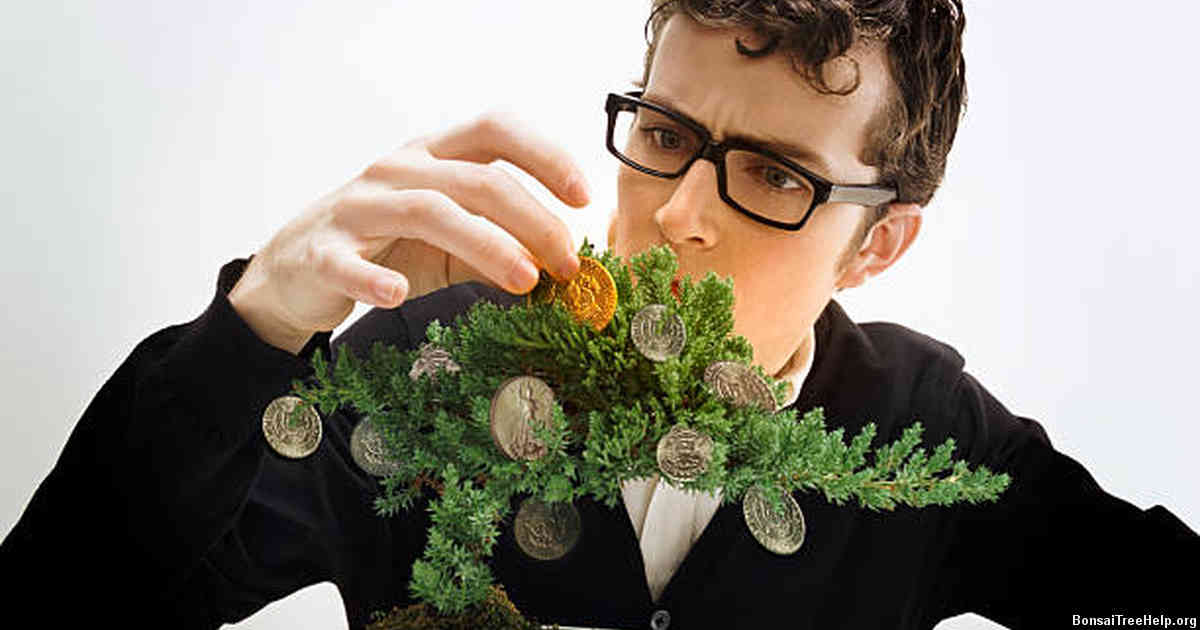
Bonsai soil can easily be prepared at home. Start by mixing together equal parts of organic potting mix, peat moss, and coarse river sand or akadama clay. This should form a base for the bonsai soil which will provide adequate drainage and hold moisture well. Next, add small amounts of slow-release fertilizer to provide essential nutrients. Blend in some granite grit to give extra aeration while also allowing water to drain more quickly and prevent any nutrient runoff. The overall ratio should be roughly 60% organic material, 20% inorganic material such as river sand or akadama clay, 15% fertilizer, and 5% granite grit. Mix all ingredients thoroughly before use to ensure that the soil is evenly distributed throughout the container before planting your bonsai tree.
Contents:
- Benefits of Preparing Bonsai Soil at Home
- Understanding the Characteristics of Ideal Bonsai Soil
- Essential Components for Making Bonsai Soil at Home
- Step-by-Step Guide to Creating Your Own Bonsai Soil Mixture
- Common Mistakes to Avoid When Making Bonsai Soil at Home
- Storing and Testing Your Homemade Bonsai Soil
- Using Your Homemade Bonsai Soil for Different Types of Trees and Plants
Benefits of Preparing Bonsai Soil at Home

Preparing bonsai soil at home has several advantages that makes it worthwhile. Home-prepared soils are tailored to the needs of specific trees, allowing for maximum growth potential and better overall health. One can customize the soil recipe in order to achieve desired effects from the tree’s foliage – such as colors, shapes, and textures. By doing so, a gardener can produce a highly unique bonsai with its own character traits that no other could match.
Creating composts or potting mixes at home also saves money since one only uses what is necessary instead of having large bags of pre-made mixtures going to waste due to their limited shelf life. Moreover, when making your own soil blend you will be able to manage water absorption or nutrition much easier than with store bought soils because they are customized to the individual tree’s needs.
Besides saving resources and gaining flexibility in terms of personalized recipes and options; preparing bonsai soils at home keeps contamination risks low by eliminating outside factors such as chemicals from commercial products which may have an adverse effect on certain species of plant life. Thus contributing towards sustainability within our gardens.
Understanding the Characteristics of Ideal Bonsai Soil

When it comes to growing and nurturing bonsai trees, an important factor to consider is the quality of soil used. Experienced horticulturists understand that good quality soil creates a foundation for healthy plant growth, while poor soil can stunt growth and leave plants vulnerable to disease. Therefore, it is essential to have an in-depth knowledge of the different characteristics that make up ideal bonsai soil.
The key elements required for successful bonsai cultivation include water retention, adequate drainage, sufficient aeration and nutrients. The best type of bonsai soil should be able to achieve this balance, so as not to create either too much or too little moisture around the roots. Aim for medium texture loam – also known as sifted garden loam – which has a slightly acidic pH value within 6–7 range; this should help provide just enough acidity levels without being overly acidic. A little bit of organic matter such as compost can be added in order to enhance nutrition content in the mixture.
Generally speaking, getting good results with bonsais requires more than just ordinary potting soils; however there are ready-made mixes specifically designed for bonsais available at most home stores or gardening centers which could save you time from having to mix your own blend from scratch. These pre-mixed blends usually consist of materials like pine bark chips or clay granules alongside other ingredients needed by our green friends (i.e. fertilizers). Always double check labels beforehand in order confirm if contents include pesticides or fungicides that might be harmful later on when you’re tending your tree.
Essential Components for Making Bonsai Soil at Home

Creating bonsai soil at home can seem like a daunting task, but with the right materials and recipes it can be surprisingly simple. In order to make effective bonsai soil, one must consider certain essential components.
Organic material is essential for aeration purposes within the soil, as well as assisting in water retention. Composted bark, peat moss and composted leaves all serve these roles admirably. Both composted bark and composted leaves should be finely shredded before being added to ensure proper drainage. For optimal results, combining various organic materials is recommended.
Inorganic material also plays an important role when making your own bonsai soil. Examples of inorganic material include pumice, perlite or akadama clay; all proven aids for providing excellent drainage that minimizes compaction around the roots of your tree-in-training and helps prevent root rot by allowing excess moisture to escape quickly from the potting mix. As a bonus, this combination of organic and inorganic materials works together to create an ideal habitat for beneficial microbes within the soil’s ecosystem.
A judicious amount of fertilizers should also be included into any homemade bonsai mix recipe which has been designed specifically for mature plants – usually during mid-summer through fall months – as part of an ongoing care regimen; mixing a slow release type fertilizer with nitrogen content once per year is generally recommended by most experienced horticulturalists who specialize in creating healthy bonsais out of their homes.
Step-by-Step Guide to Creating Your Own Bonsai Soil Mixture

Creating the perfect bonsai soil mixture from scratch is not as intimidating as it may first seem. A step-by-step guide can help make the process go a lot smoother and easier. Start by getting all the ingredients that you need: some organic compost, horticultural sand, pumice, akadama (or clay pellets), sphagnum moss and optionally some zeolite or lava rock.
Next up, weigh out each component of your soil mix using an accurate digital scale so that you get the desired ratio according to your preference or recommendation of an experienced bonsai artist. When combining all your materials together start with the finer components such as sand and akadama, followed by bigger chunks like pumice and lava rocks; this will give your mix more drainage capabilities due to its porosity. Once everything is properly combined make sure to double check for any visible stones which could easily damage small root systems before adding it into your pot.
Moisten the mixture before potting in order to avoid any problems with air pockets forming between particles. Bonsai soil mixtures are relatively easy to create at home if you have access to quality components and stay diligent throughout the process by regularly checking moisture content levels and pH balance; with these simple steps you should be able achieve ideal bonsai cultivation conditions for most tree species.
Common Mistakes to Avoid When Making Bonsai Soil at Home

Creating bonsai soil at home can be a challenge, but it doesn’t have to be. Bonsai enthusiasts often attempt to recreate their own soil blend that perfectly mimics the high quality store-bought soil. However, there are many common mistakes made when making your own bonsai soil at home which can lead to poor or inconsistent results.
One of these mistakes is failing to properly sift the components together. It is essential for proper drainage and aeration when using an organic mix, such as peat moss, that all pieces are completely broken down into a fine consistency. If you do not sift the components properly you risk having clumps in your finished product. An easy way to ensure this is done well is by passing each component through a wire mesh strainer before combining them with each other and adding any fertilizer or other additives required for growing your bonsai tree species successfully.
Another mistake commonly made when creating bonsai soil at home is not ensuring there is sufficient water retention capacity present in the mixture itself. A good rule of thumb here is that potting mixes require around 25% water retention capacity added in order to help keep your tree healthy while still being porous enough so as not cause issues with excessive water build up from overwatering or rainstorms. This amount should vary depending on what types of plants you are trying to grow however it’s always important to factor this consideration into the overall recipe used for success with one’s particular bonsais needs and preferences.
Storing and Testing Your Homemade Bonsai Soil

After preparing your own bonsai soil, the next step is storing it and testing for effectiveness. Properly stored bonsai soil will stay in good condition to be used when needed. To store your homemade soil mix, keep it in an airtight container or bag and make sure the lid is tightly sealed. Storing the soil in a cool, dry place will ensure it remains properly aerated and less likely to develop any fungal issues over time.
The best way to test whether or not your homemade soil is suitable for growing bonsai trees is to run some basic tests on it such as pH level tests, nutrient concentration assessments, sand content levels etc. These kinds of tests are simple and can be done with readily available tools from most local stores or online shops. The results of these tests provide an overall idea about the quality of your prepared bonsai soil which would allow you to adjust contents if necessary before actually planting something in them.
It’s always beneficial to keep a record of the ingredients and steps taken while preparing the bonsai soil at home because this data can be useful while troubleshooting later down the line if plants begin displaying signs of poor growth. Documenting results from all tests performed also helps compare progress between batches that were made using slightly varying recipes over time as a reference point for future adjustments if required.
Using Your Homemade Bonsai Soil for Different Types of Trees and Plants

The type of tree and plant you choose for your homemade bonsai soil will determine the ingredients you should use. For instance, if you are aiming to create an ideal environment for a juniper or coniferous tree, then a mixture of potting soil, sharp sand and akadama is advised. This combination provides optimal aeration while still retaining moisture. On the other hand, if you’re creating soil for tropical and subtropical trees such as elms or ficus, then peat moss should be included in the mix as this ingredient helps prevent water loss by providing more organic material that retains moisture better than potting soil alone.
Regardless of what kind of tree and plant species you are preparing your bonsai soil for, adding crushed granite gravel into the mixture is essential to promote efficient drainage during watering sessions. A layer of one-quarter inch gravel helps keep the small root system clean which can otherwise become clogged with mud when excess water accumulates. Adding a handful of slow release fertilizer like bonemeal into the mix can also give your tree’s roots necessary nutrition throughout its growth cycle.
When it comes to fertilizing your bonsai plants at home however it’s important to remember that overfeeding can cause significant damage to these delicate specimens – start out by applying nutrient solutions once every few weeks and gradually increase depending on their health condition. Excess nitrogen from improper fertilization causes yellowing leaves in many types of plants so practice moderation when dealing with nutritional supplements for them.
Leave a Reply